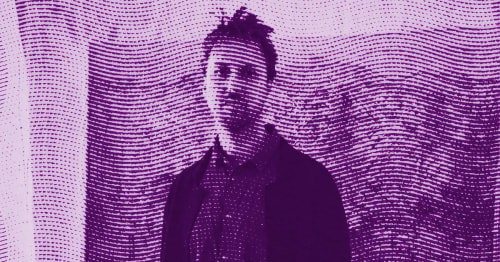Theodore Ereira-Guyer creates works that inhabit the interstices between painting, engraving, and sculpture. He etches steel plates with acid and then prints them into fresh plaster, producing images where corrosion becomes the expressive medium. His portraits, landscapes, and animal figures explore memory as a process of simultaneous loss and reconstruction.
Listen to me carefully, you bunch of snobs: Theodore Ereira-Guyer belongs to that rare category of artists who refuse to make things easy for you. Born in London in 1990, trained at Byam Shaw, Central Saint Martins, and the Royal College of Art, this Anglo-Portuguese creator has built a practice that defies convenient classification. Neither painter nor sculptor, nor engraver in the classical sense, Ereira-Guyer works in the interstices. His work, present in the collections of the Centre Pompidou, the British Museum, Tate, and the Yale Center for British Art, summons literary and historical ghosts that haunt our relationship with the object, beauty, and death.



